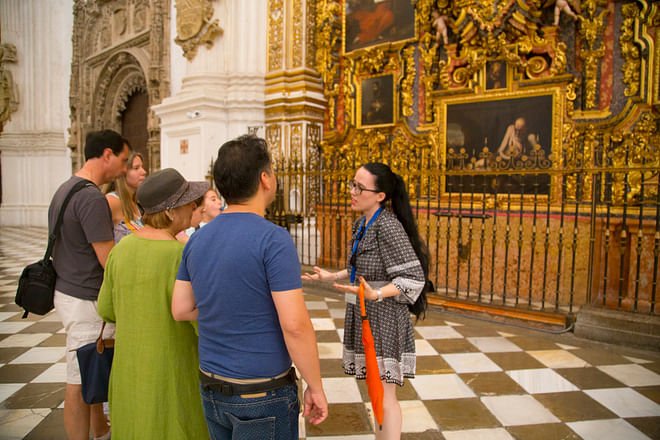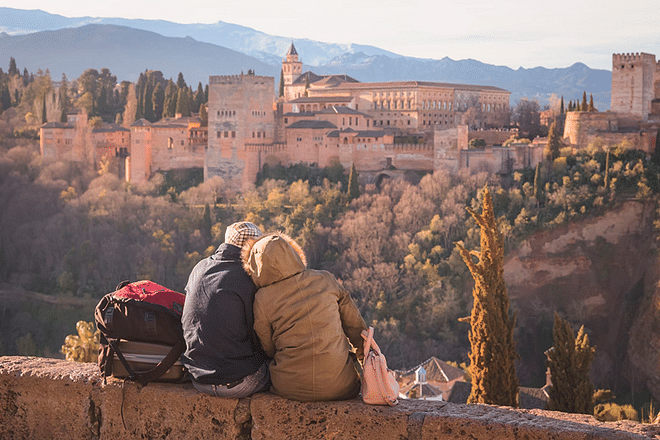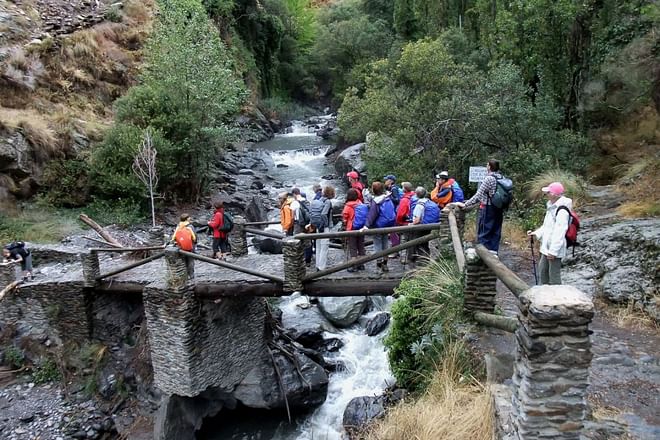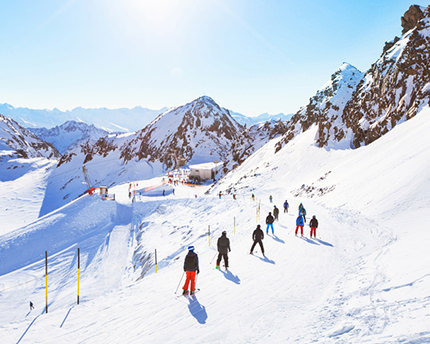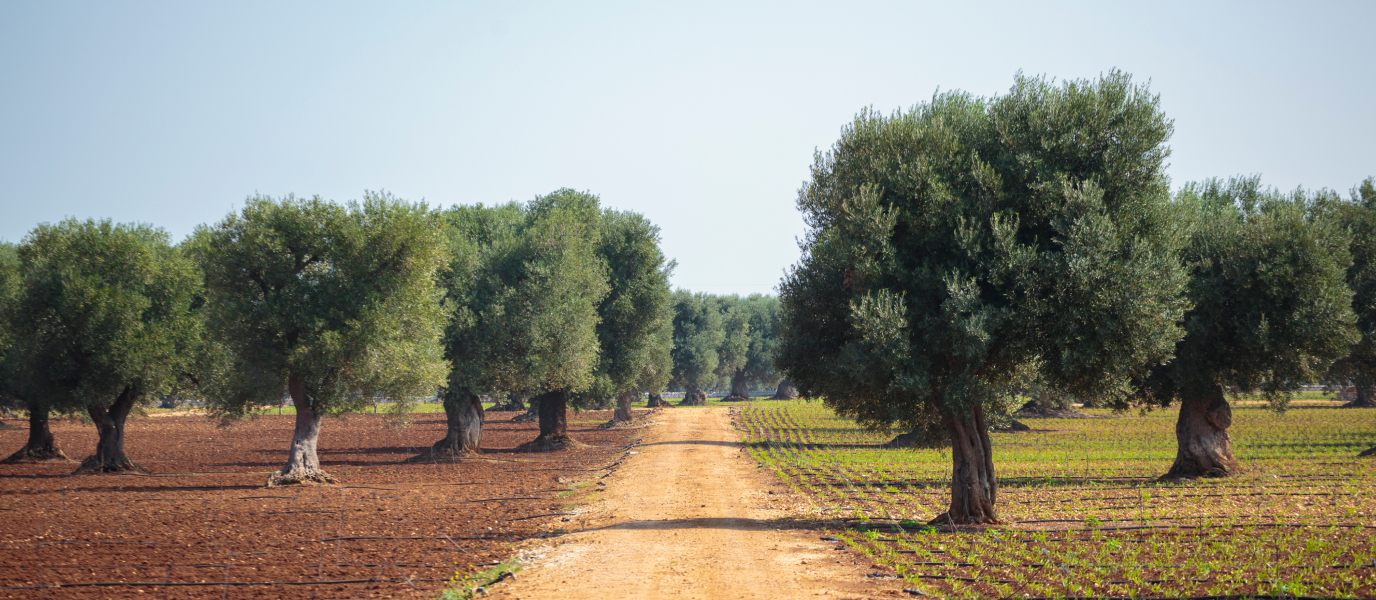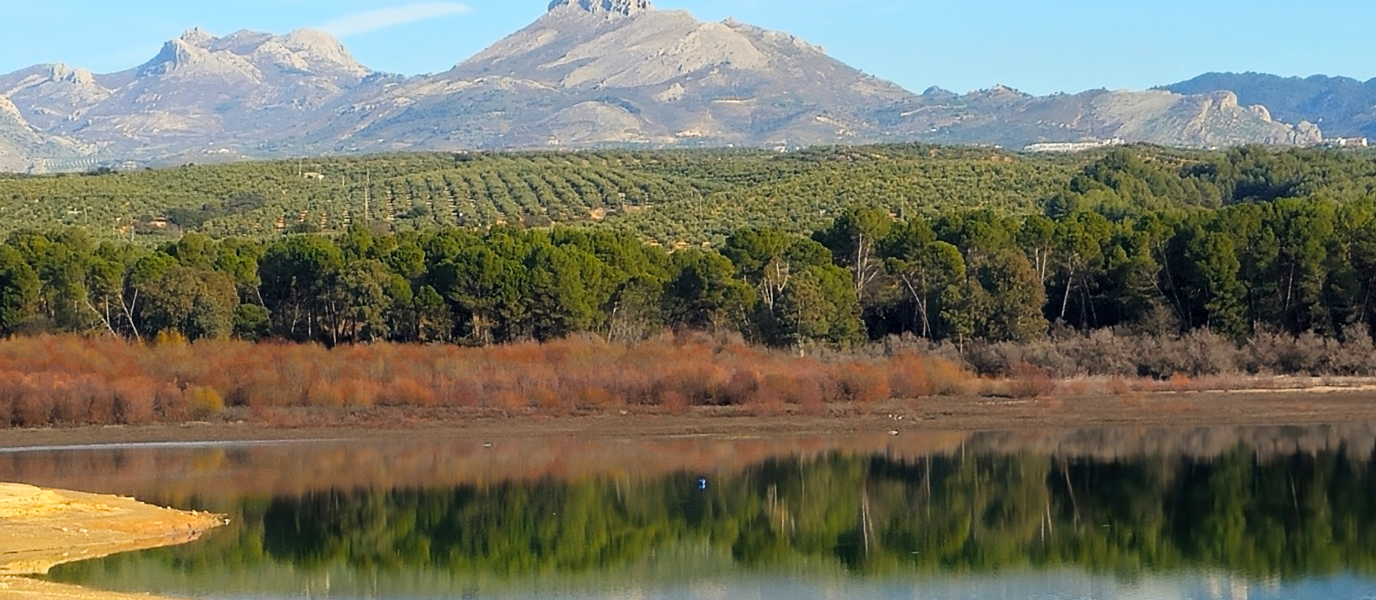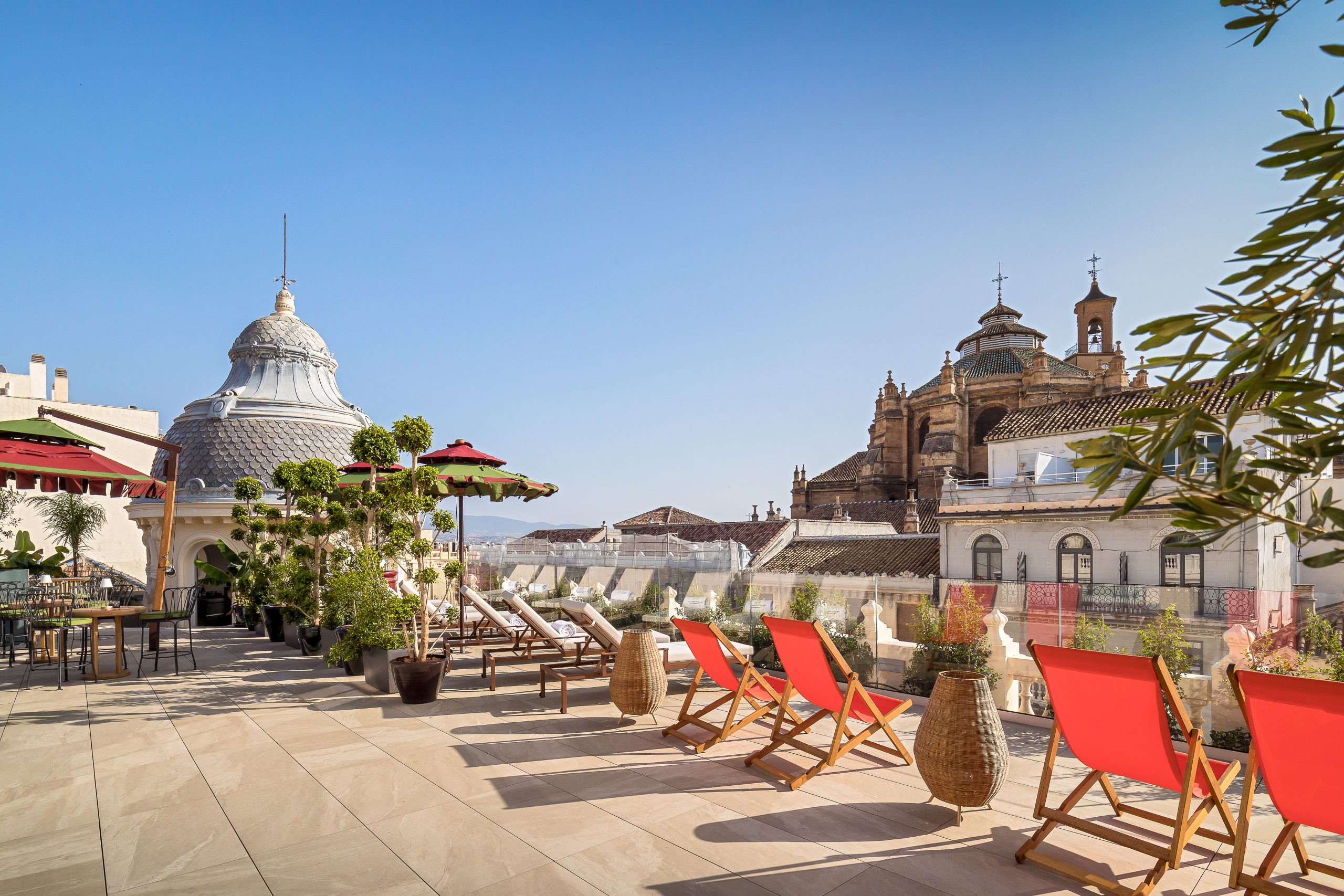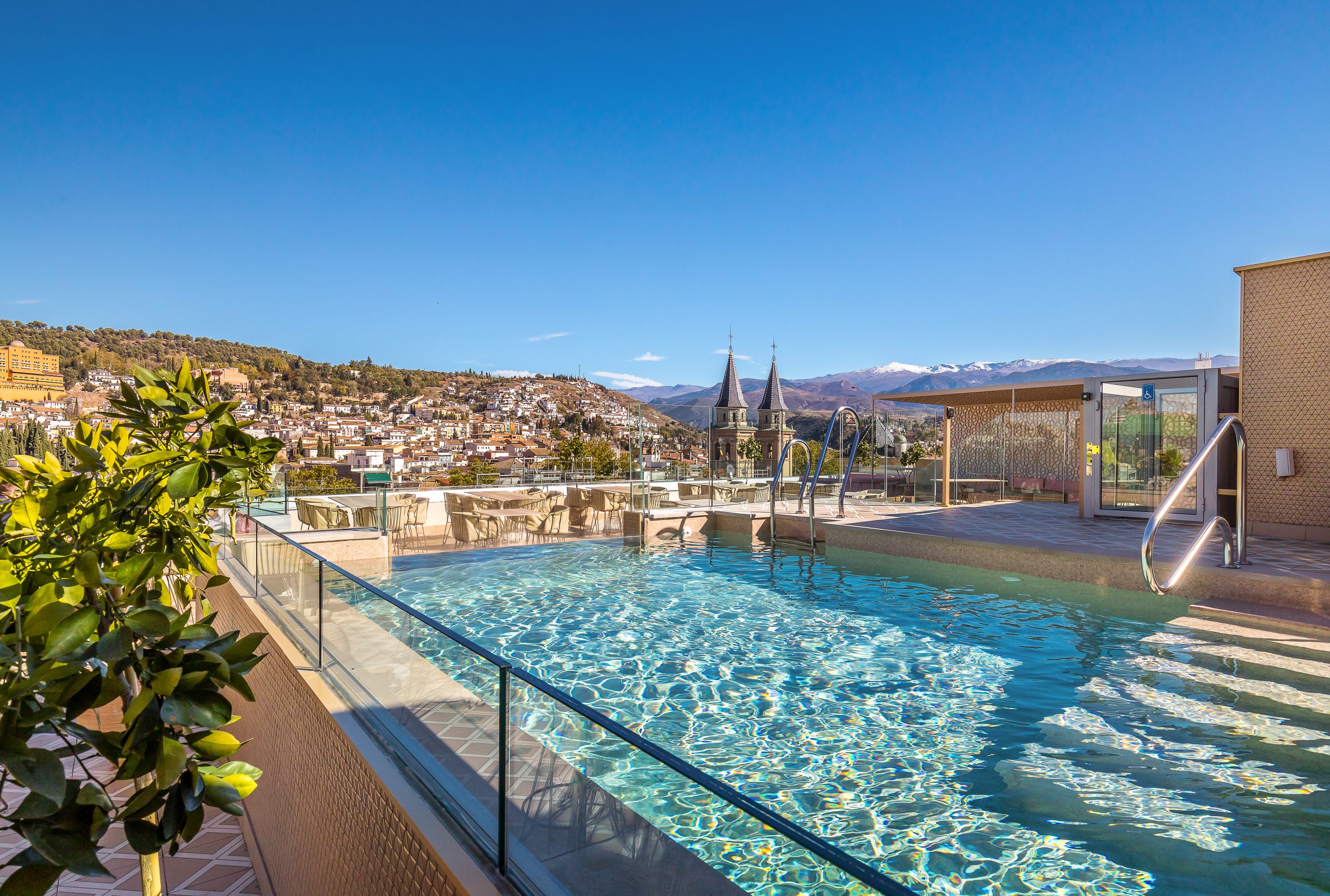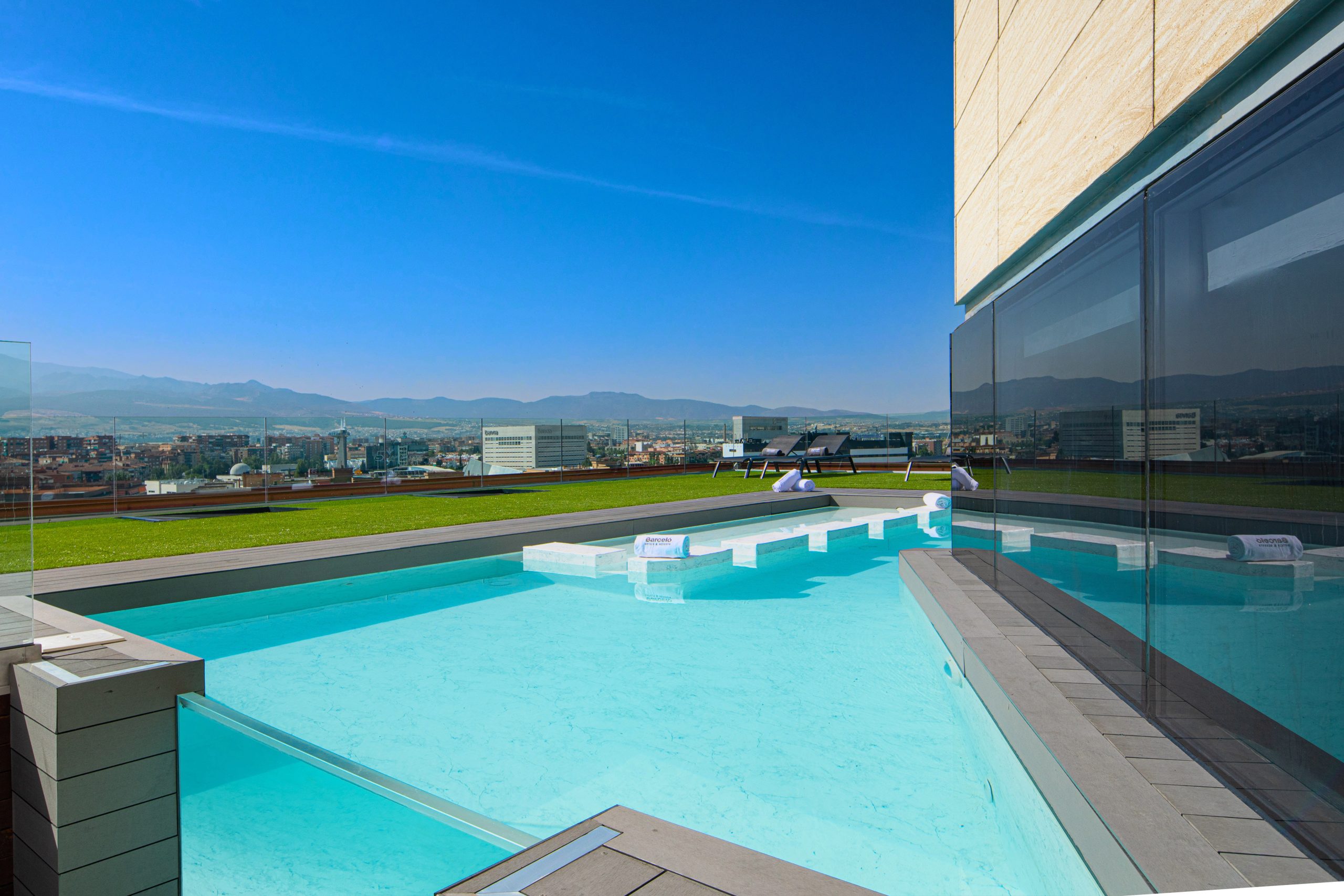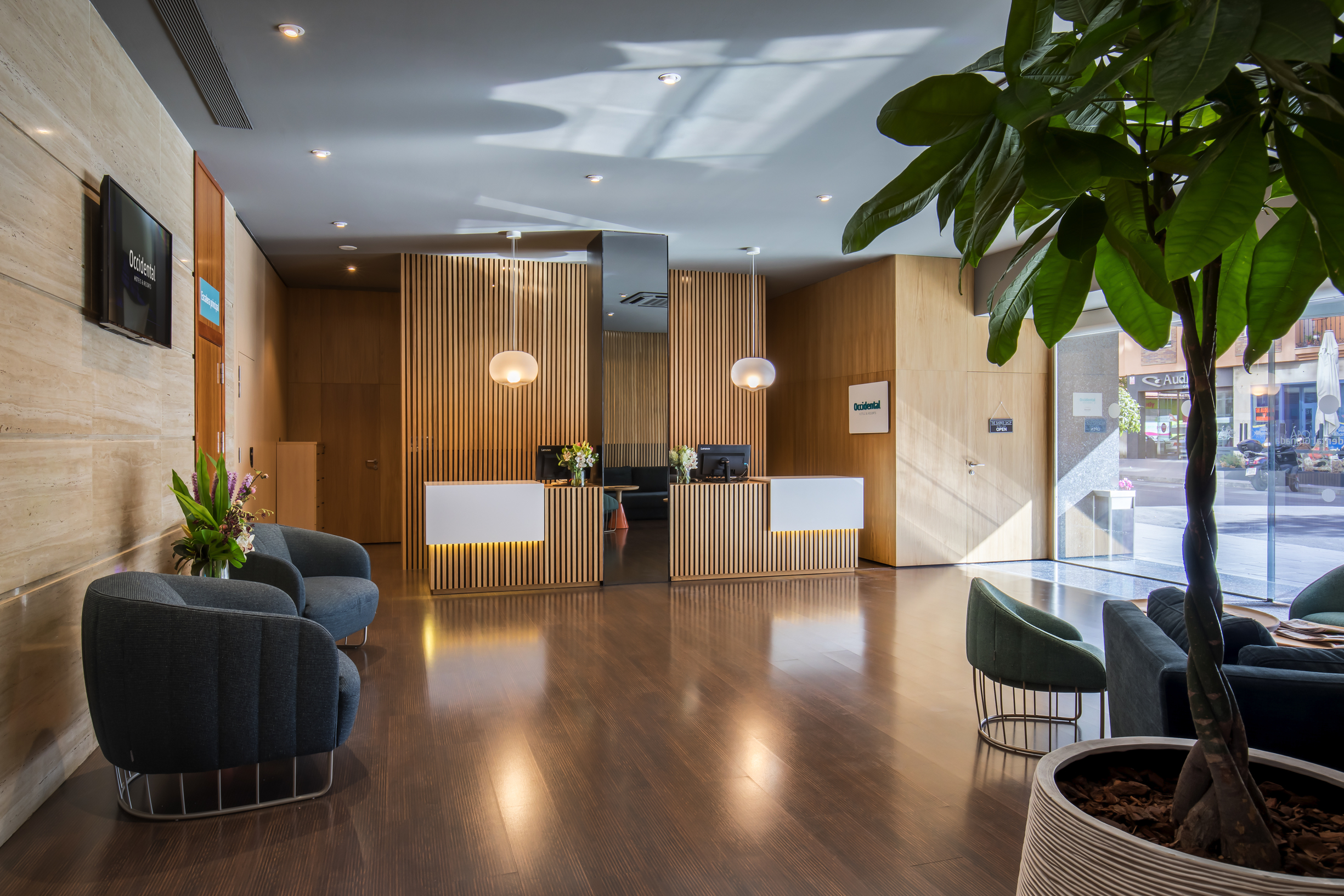Mulhacén is not just any mountain. In fact, it is surprising that the highest peak on the Iberian Peninsula is not in the Pyrenees nor even in the Cantabrian Mountains but in southern Spain and only a few kilometres from the Mediterranean coast.
Therefore, the 3,482 metres of Mulhacén makes it the highest mountain on the Spanish mainland. It is also an accessible summit for all types of hikers, especially for those who climb up the southern flank.
This explains why, despite the limitations imposed by the fact that it is in the heart of the Sierra Nevada National Park, Mulhacén is one of the most desirable goals for mountaineers and trekkers in general. This is especially true from spring onwards, when the huge blankets of snow that usually cover its summit in winter start melting.
This is not only a sporting challenge but also a way to enjoy the stunning natural surroundings and the magnificent viewpoint. On clear days and from the top of Mulhacén you can see Filabres Sierra, the Vega de Granada district, the coast of Almería and even Morocco on the other side of the Mediterranean.
There is also the added attraction of overlooking the rest of the Sierra Nevada peaks from a higher plane, with sister peak Veleta (3,398 metres) as the main protagonist.
Related experiences
Climbing Mulhacén: planning your visit
From Granada there are several options for getting to the area surrounding Mulhacén, depending on which side you choose for your ascent. Most visitors enter the Sierra Nevada National Park from the towns of Trévelez and Capileira, which are so iconic of the Alpujarra area.
There is also the option of climbing from Pradollano, i.e. Sierra Nevada’s ski resort, and combining it with the ascent to the Veleta peak.
Nevertheless, this route has an elevation gain of around 1,500 metres, so it is only recommended for those with a good level of physical fitness. This is especially true if you want to complete the route in a single day.
Although most hikers from Granada to Mulhacén usually plan the visit in one day, there is always the possibility of doing it in two and staying overnight in one of the charming Alpujarra villages.
This is the best option if you go to the National Park by bus since the bus frequencies and schedules are not very well adapted to the mountaineers’ needs.
Routes to Mulhacén for all ages
There are several routes leading to the Mulhacén summit. Here are some of the most popular and scenic routes:
- From Capileira: although you start from Capileira, the ‘official’ start is from the La Cebadilla power station. In total, there is a 26-kilometre round trip of moderate difficulty, which can be completed in about ten hours.
- From Trévelez: this is a circular route (around the Peñón Negro lagoon) of about 23 kilometres, which can be completed in nine to ten hours. The difficulty is medium-high, not because of the orography but because of the prolonged effort.
- From Pradollano: this is a demanding route, with more than 25 kilometres of walking, which can be completed with the ascent to the Veleta ridge. Unless you are well prepared and have good equipment, it is better to do this without snow.
- Poqueira Refuge: the route to and from this access to the Sierra Nevada National Park is about 15 kilometres long and runs along a forest route on the Mulhacén ridge itself. The route takes about six hours and is of medium-low difficulty.
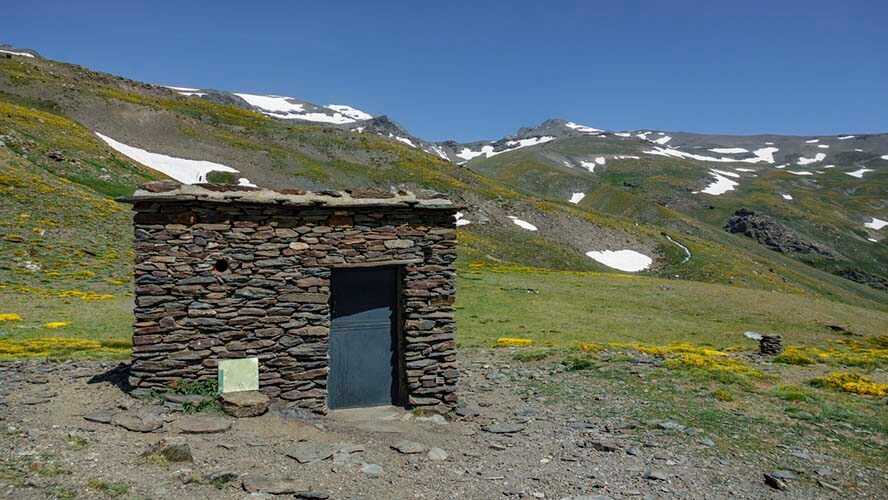
Recommendations and tips for enjoying Mulhacén
The different ascents to Mulhacén are suitable for almost all types of walkers. In principle, the route is not too difficult, except on the north side, where the slopes are steeper. Nevertheless, please bear in mind that the slopes are very steep: more than 1,000 metres from the various starting points.
Perhaps the greatest difficulty is the accumulation of large amounts of snow in winter which, combined with the strong winds that often blow through the area, may make the ascent inadvisable. In fact, at any time of the year, check the weather forecast before setting off.
In summer, you should start earlier, even before dawn, as the heat is quite intense in the lower part of the route. Remember to protect your skin with appropriate sun creams.
Water (and food) should also be taken as not all the trails have springs and, when they do, they sometimes dry up as the summer heat progresses.
Remember that Mulhacén is in the middle of a protected area, so it is advisable to follow the specific indications for this type of place, respecting the flora and fauna and sticking to the designated paths that are duly signposted.
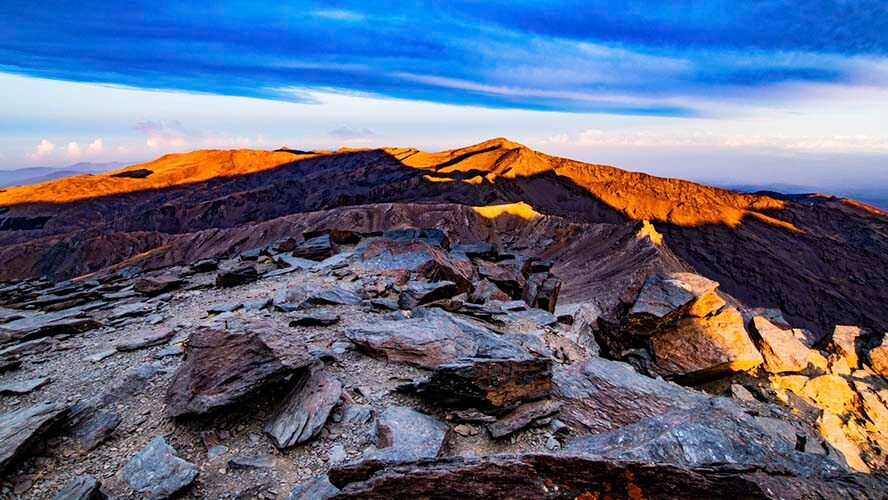
A bit of history
The Mulhacén mountain is named after the penultimate Nasrid monarch, Abu’l-Hasan, Muley Hacén, father of the controversial Boabdil (15th century). Despite their kinship, both emirs vied for the throne of the Nasrid Kingdom, triggering a civil war that ended with the failure of the father and the loss of the kingdom itself.
In defeat, Muley Hacén went into exile to the citadel of Modújar, together with his favourite, the Islamised Zoraya, and the two children he had with her. He died there in 1485. In his will, he established that his body should be buried at the highest point of his kingdom, i.e., under the snow of the peak that today bears his name: Mulhacén.
Sierra Nevada National Park
The Mulhacén Peak is located in the heart of the Sierra Nevada National Park, one of the 16 that make up the Spanish network. This 85,000-hectare area was declared a Biosphere Reserve in 1999 and is one of the most visited national parks in the country. It covers the heart of the Penibaetic mountain range, in the eastern half of Granada province and the western part of Almería province.
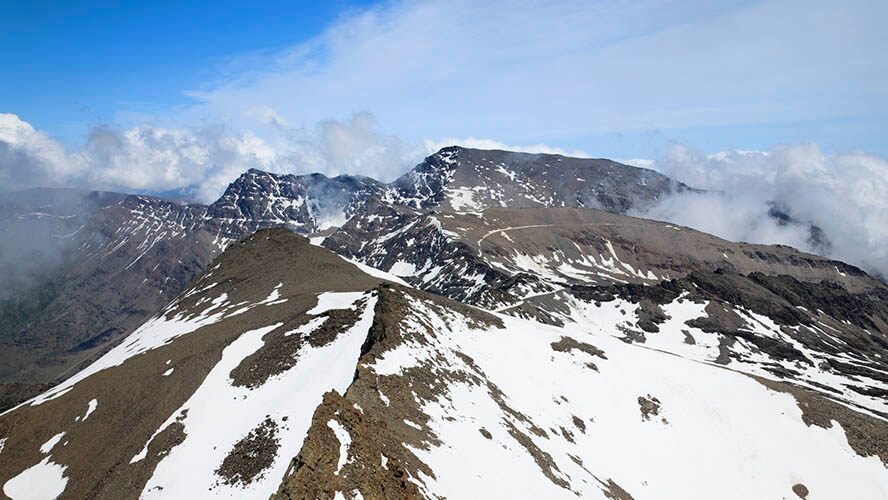
If you like mountains, you should visit the Sierra Nevada National Park as a whole. Its impressive high mountain landscape, its varied ecosystems and its different climates make it a unique place. The area is full of viewpoints, trails, refuges and countless points of interest where you can admire its landscapes in all their splendour. This is one of the most diverse places in the western Mediterranean, a small miniature continent that changes depending on which side you are on.
Skiing down Mulhacén
To ski down Mulhacén, you have to go through the Sierra Nevada ski resort. While there are no pistes descending from the highest peak of the peninsula, its neighbour, the iconic Veleta peak, has several pistes starting from almost the summit, at 3,396 metres above sea level.
Nevertheless, you can ski down Mulhacén if cross-country skiing is your thing. There are several routes that go up to the top of this mountain from where you can descend on cross-country skis. However, it is essential to know the terrain or be accompanied by a guide.

Where to eat near Mulhacén
For lunch in the surrounding area after hiking along Mulhacén, you can go to the Alpujarra villages such as Trévelez, Órgiva, Capileira or the built-up area of Sierra Nevada. In Trévelez, we recommend Museo del Jamón, where ham is the area’s quintessential dish, and Mesón La Fragua, which has fabulous views.
In Capileira, restaurants such as El Corral del Castaño and La Pizzería and wineries such as El Atroje and La Alacena are also a reference. In Órgiva, the Baraka teahouse restaurant, the Puerta Nazarí restaurant and Mesón El Viejo Molino are some interesting options.



























































